
Celtic jewelry is more than just an adornment; it's a celebration of ancient culture, rich symbolism, and exquisite craftsmanship. Steeped in history, Celtic jewelry has captivated people for centuries with its intricate designs and profound meanings. In this blog, we'll dive into the origins, symbolism, and modern-day appeal of Celtic jewelry.
The Origins of Celtic Jewelry
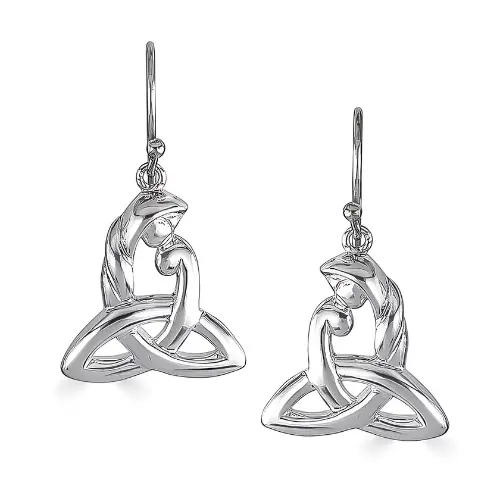
The origins of Celtic jewelry are believed to date back to between 2000 BC and 550 AD. During this era, Celtic craftsmen frequently used silver and gold to create stunning jewelry decorated with Celtic symbols and intricate patterns. The craftsmanship and skill required to produce such detailed and decorated pieces were exceptional, reflecting the highest standards of the time.
The Celts were a group of tribes that emerged in Europe during the Iron Age. These tribes shared commonalities in language, religious beliefs, traditions, and culture, with Celtic culture believed to have begun evolving around 1200 BC.
Around 2000 BC, new techniques, materials, and styles emerged, requiring detailed and precise work rather than simple casting and heavy-duty labor. This innovative craftsmanship led to the creation of finely designed utensils, jewelry, weapons, and armor, showcasing a significantly improved design pattern.
Key Symbols and Their Meanings
1. The Celtic Knot:
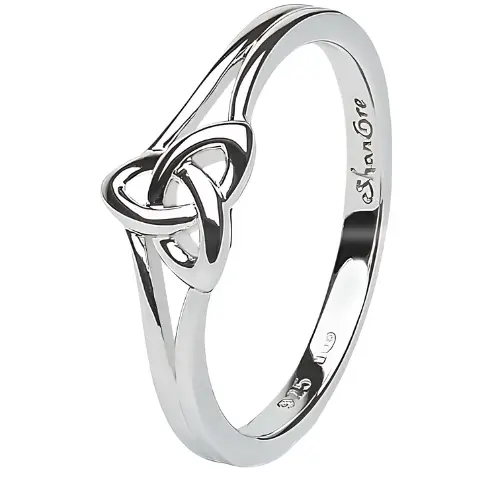
Infinity and Eternity: The endless loops of the Celtic knot symbolize the interconnectedness of life and eternity. These designs, often with no beginning or end, represent the infinite nature of the universe, eternal love, and the interconnectedness of all things.
Variations: There are many variations of the Celtic knot, including the Trinity Knot (Triquetra), which symbolizes the Holy Trinity in Christianity, or the tripartite nature of life (land, sea, and sky).
2. The Claddagh Ring:
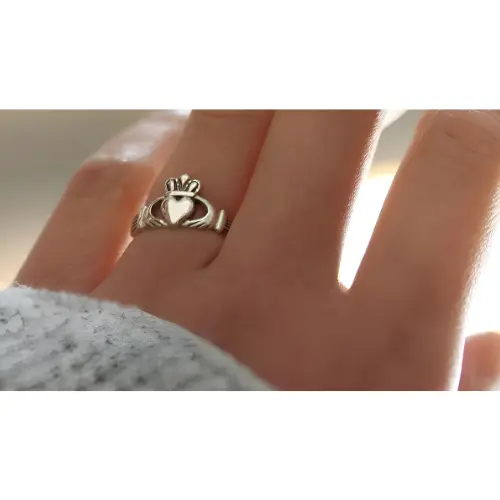
Love, Loyalty, and Friendship: This iconic Irish design features two hands holding a heart topped with a crown. The hands symbolize friendship, the heart represents love, and the crown stands for loyalty. It's often used as a symbol of romantic commitment and is popular as an engagement or wedding ring.
3. The Triskelion (Triple Spiral):
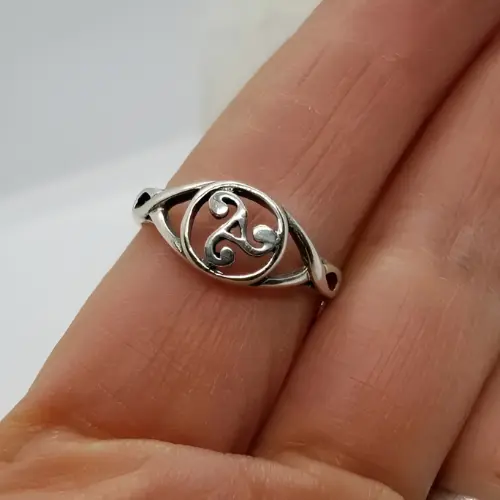
Growth and Progress: The triskelion, or triple spiral, is one of the oldest Celtic symbols, appearing in ancient stone carvings. It represents the cycle of life, death, and rebirth, as well as the three realms of earth, water, and sky. It’s also seen as a symbol of personal growth and spiritual evolution.
4. The Tree of Life (Crann Bethadh):
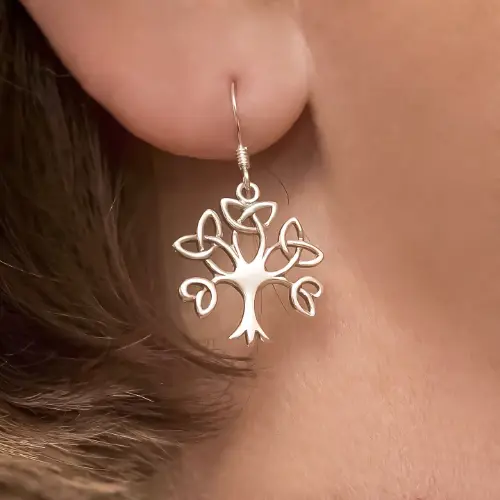
Connection and Renewal: The Tree of Life symbolizes the connection between heaven and earth, with its branches reaching upward and roots extending deep into the ground. It represents growth, strength, and the cycle of life, embodying the idea of renewal and eternal life.
Craftsmanship and Techniques
Celtic jewelry is renowned for its intricate craftsmanship. Traditional techniques include:
Filigree: This involves twisting fine metal wires into delicate designs, creating intricate patterns that are both beautiful and durable.
Repoussé and Chasing: These techniques involve hammering metal from the front and back to create raised designs and textures.
Enameling: This adds vibrant colors to metal pieces using powdered glass fused by heat, often seen in ancient Celtic artifacts.
Modern Celtic jewelry continues to honor these traditional methods, often combining them with contemporary designs to appeal to a wide range of tastes.
The Appeal of Celtic Jewelry Today
Celtic jewelry remains popular today for several reasons:
Timeless Design: The classic, elegant designs of Celtic jewelry never go out of style. They can be worn with both casual and formal attire, making them versatile additions to any jewelry collection.
Symbolic Meaning: Many people are drawn to the deep symbolism of Celtic designs, finding personal and spiritual significance in the patterns and motifs.
Cultural Heritage: For those of Celtic descent, wearing Celtic jewelry is a way to celebrate and honor their heritage, keeping ancient traditions alive.
Choosing the Perfect Piece
When selecting Celtic jewelry, consider the symbolism that resonates most with you or the person you’re gifting it to. Whether it's a ring, necklace, bracelet, or earrings, each piece carries a unique meaning and story.
For a truly special piece, look for artisans who use traditional methods and high-quality materials. Handmade jewelry often offers a level of craftsmanship and authenticity that mass-produced items can’t match.
Celtic jewelry is a beautiful fusion of art, history, and symbolism. Its timeless appeal lies in its intricate designs and the profound meanings they carry. Whether you're drawn to the eternal loops of the Celtic knot, the heartfelt symbolism of the Claddagh ring, or the ancient power of the triskelion, there's a piece of Celtic jewelry that can connect you to a rich cultural heritage and timeless tradition.
You May Also Like,
THE ARTISTRY BEHIND ACROSTIC JEWELRY
A JOURNEY THROUGH TIME: THE ENDURING ELEGANCE OF CLUSTER RINGS
JEWELRY TRENDS CELEBRATING PRIDE AND INCLUSIVITY







